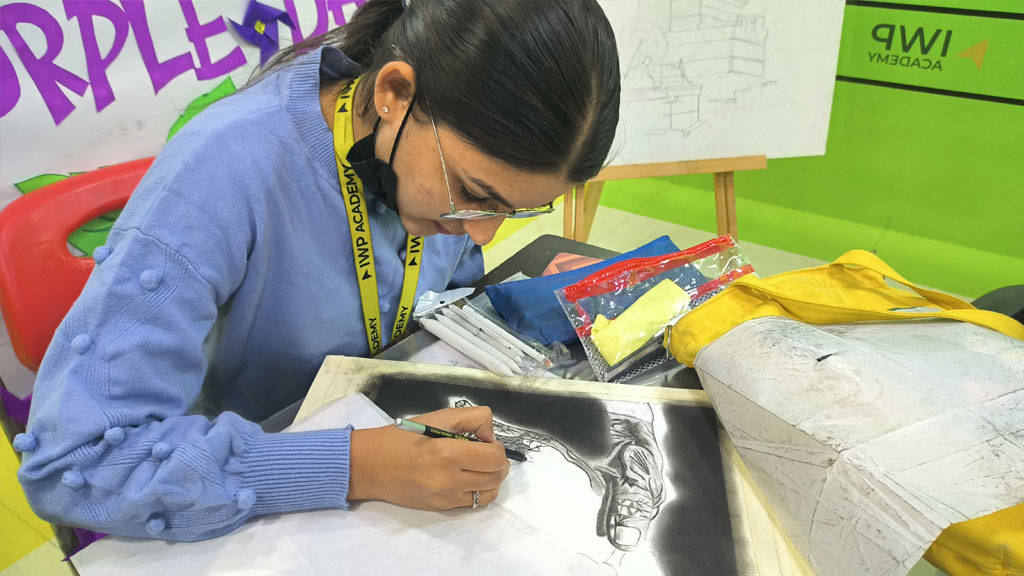Introduction: Embark on a journey where imagination knows no bounds, where emotions find expression through color and form, and where the canvas becomes a playground for creativity – welcome to the enchanting realm of fine arts. In this blog post, we’ll explore the rich tapestry of a fine arts course, unraveling the threads of inspiration, technique, and self-discovery that make this pursuit a celebration of human expression.
- The Heart of Fine Arts: Fine arts is the purest form of human expression, transcending boundaries and speaking to the soul. Dive into the core of fine arts courses, where students are encouraged to explore their emotions, thoughts, and perspectives through various mediums, including painting, drawing, sculpture, and more. Discover how the art studio becomes a sanctuary for self-discovery and creativity.
- Mastering the Elements: Fine arts is a craft that involves mastery of the fundamental elements – line, shape, color, texture, and form. Explore how students in fine arts courses delve into the intricacies of these elements, understanding their role in creating visually compelling and emotionally resonant artworks. From sketching to painting, every stroke is a deliberate choice.
- Exploring Art History: The past is a treasure trove of artistic inspiration. Fine arts courses often include a journey through art history, allowing students to draw inspiration from the masterpieces of the past. Discover how understanding the evolution of art provides a rich context for contemporary expression and fosters a deeper appreciation for the diverse forms of artistic expression.
- Experimentation with Mediums: Fine arts is a playground of experimentation, where artists push the boundaries of traditional mediums and techniques. Learn how students explore a plethora of materials, from oil paints to mixed media, embracing the tactile and sensory experience of creating art. Each medium offers a unique language for artistic communication.
- The Role of Critique: Constructive critique is a cornerstone of fine arts education. Delve into how students in fine arts courses participate in critiques, offering and receiving feedback that encourages growth and refinement. Discover the importance of developing a discerning eye and cultivating the ability to articulate the intentions and impact of one’s work.
- Expressive Freedom and Individual Style: One of the beauties of fine arts is the celebration of individuality. Explore how fine arts courses nurture the development of a personal style, encouraging students to explore their unique voice within the broader artistic conversation. From abstract expressionism to realism, each artist discovers their distinctive mark.
- Exhibitions and Art Community: Fine arts extend beyond the studio, finding a home in galleries and exhibitions. Learn how courses provide opportunities for students to showcase their work, connecting with the broader art community. Discover the significance of these platforms in building an artist’s identity and fostering a sense of belonging within the art world.
Conclusion: To enroll in a fine arts course is to embark on a transformative odyssey, where the canvas becomes a mirror to the soul, and creativity knows no limits. Whether you aspire to be a painter, sculptor, or mixed media artist, the world of fine arts beckons with open arms. Welcome to a space where imagination is limitless, where every brushstroke is a step towards self-discovery, and where the journey of artistic expression is as profound as the masterpieces it creates.

